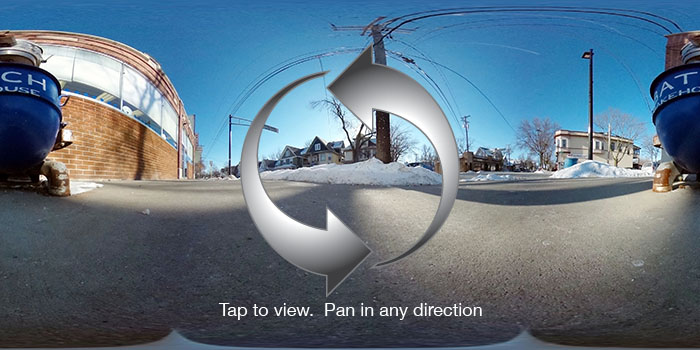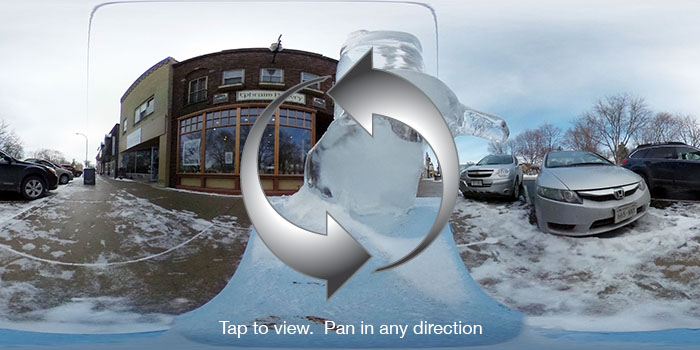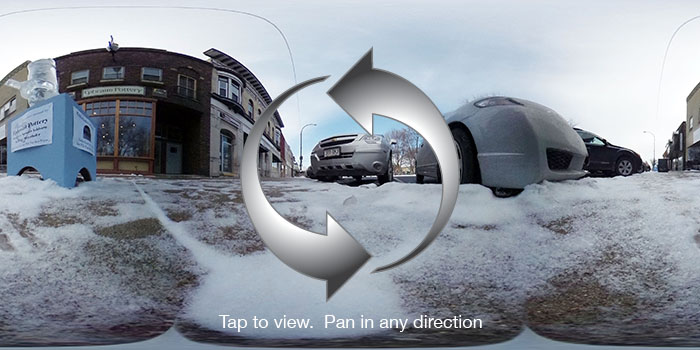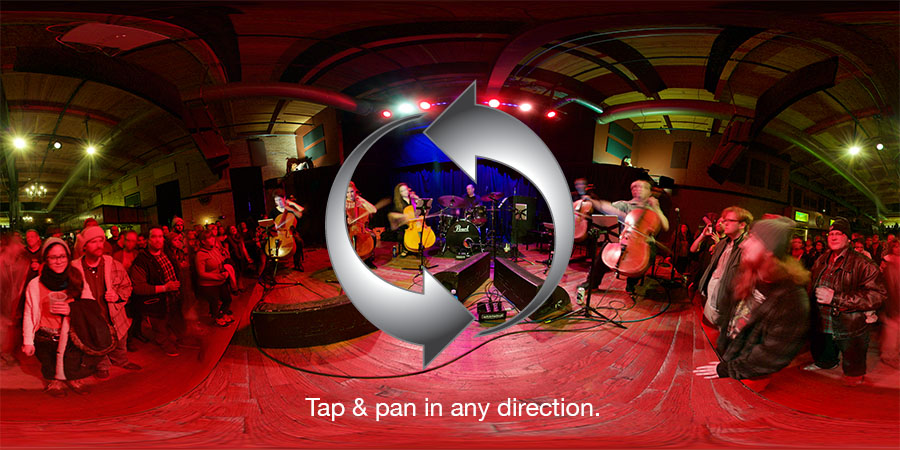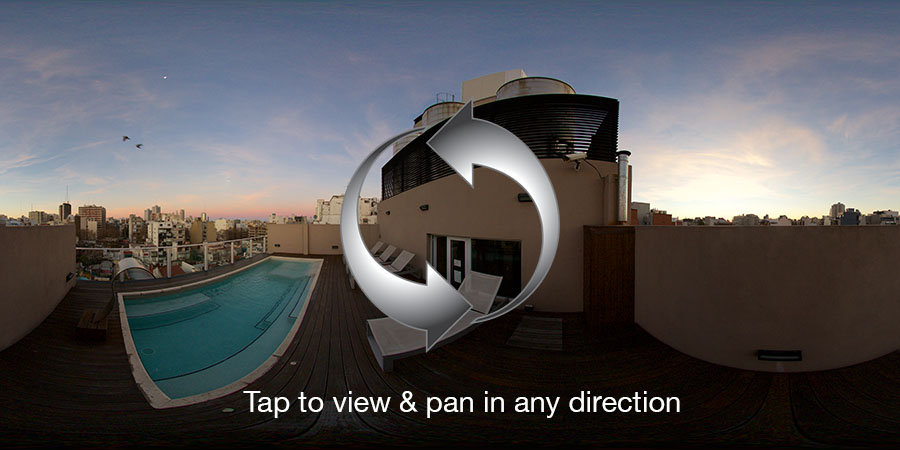Jonny Ive often speaks of care. It is an odd word to use as it doesn’t imply the traditional notion of “craftsmanship” in the classic, handmade sense. Nor does it imply quality or precision in the way a Japanese car manufacturer or German machine tool maker would. “Care” implies a respect for the raw materials and end result, with little concern about what it takes to link those two ends of the production chain together, and we see that highlighted with the Watch. Apple could very easily have forgone forging to create stainless steel cases, just like everyone else. Hardening gold alloy with cold working could have been eliminated, putting them on par with the rest of the industry. Nobody will see or feel the inside pocket for the microphone on the Sport, yet it has been laser finished to perfection.
I see these videos and I see a process that could only have been created by a team looking to execute on a level far beyond what was necessary or what will be noticed. This isn’t a supply chain, it is a ritual Apple is performing to bring themselves up to the standards necessary to compete against companies with centuries of experience.
How Millennials are reshaping B2B marketing
IBM:
Millennials—the largest generation since the Baby Boomers—are the new darlings being targeted by marketers. Much has been written about the Millennial consumer: the most educated, most tech-savvy, most connected, thrifty, and socially and environmentally conscious.
These digital natives are the force that’s driving a new era for consumer marketing, one focused on values, transparency, relevancy and engagement.
But what about business-to-business (B2B) marketing? Increasingly, Millennials are assuming positions at work where they influence purchasing decisions. How do their consumer shopping habits impact their attitudes and approach for researching business products and services and engaging with vendors?
To find out, we surveyed 704 individuals who influence or are responsible for B2B purchasing decisions of US$10,000 or more for their company. They come from organizations large and small, across 12 countries and 6 targeted industries. When we compared the responses of Millennial employees (born 1980–1993) with those of Gen X (born 1965–1979) and Baby Boomers (born 1954–1964), we discovered Millennials’ behavior differs somewhat from their older colleagues, and their consumer practices do effect their B2B purchasing expectations (with a few surprising exceptions).
Millennials, even more than Gen X or Baby Boomers, prize a hassle-free, omni-channel client experience personalized to their specific needs. They want data, speed and trusted advisors who are eager to collaborate.
In Defense of the Midwest
As an undergraduate, I always imagined that I would someday move to the SF Bay Area to live in the heart of the software industry. With this in mind, in my final semester at Kent State, I joined a Silicon Valley startup as their third engineer1. The staff at that time was split: one founder and one engineer were in Mountain View, CA; one founder and one engineer were in Ohio; and one engineer was remote. Nearly every month in the first year, I flew out to the Silicon Valley office to work with the engineers out there.
Since then, we have grown to have a technical staff of about 20 people. We are split pretty evenly between the Silicon Valley office and the Ohio office. I spend most of my time in the Ohio office, but I do commute to the Silicon Valley one occasionally.
Nearly every time I go out to California, my coworkers ask me the usual question: “so, when are you moving to California?” It seems like for people in the Valley, moving to California is such an obvious choice that it isn’t even a question of if I’ll move, but when. However, I truly love the Midwest and that I want to stay here for as long as I can. It’s not for everyone, but it is for me and maybe it is for you.
Managing Your VP Of Sales: If It’s Painful, It’s Going Well
The most successful tech companies are typically led by their technical, product-oriented founder-CEOs who have very little experience in building a sales organization. Bringing on a sales leader and building a sales organization exercises a completely different muscle for most engineering-heavy startups.
And if you’ve hired right, managing a vice president of sales is meant to be tough work. That’s because the very best sales leaders are extremely demanding. They call out competitive weaknesses, constantly push for more feature velocity, and promise bug fixes or features that get crammed into every release. They stretch everyone to their limit. It will drive you and others in the company bananas.
But if your VP of sales is not periodically at odds with the VPs of product, engineering, operations, finance, etc., then he or she is probably not demanding enough. If done right, this role gives the entire company a reason to work harder as the sales VP reveals and strongly advocates for the customer struggle. That said, the CEO still needs to manage this person tightly. Because once the VP of sales unleashes her or his superpower — being a master negotiator/influencer — inside the company, it can create dysfunction across the team.
The East India Company: The original corporate raiders
One of the very first Indian words to enter the English language was the Hindustani slang for plunder: “loot”. According to the Oxford English Dictionary, this word was rarely heard outside the plains of north India until the late 18th century, when it suddenly became a common term across Britain. To understand how and why it took root and flourished in so distant a landscape, one need only visit Powis Castle.
The last hereditary Welsh prince, Owain Gruffydd ap Gwenwynwyn, built Powis castle as a craggy fort in the 13th century; the estate was his reward for abandoning Wales to the rule of the English monarchy. But its most spectacular treasures date from a much later period of English conquest and appropriation: Powis is simply awash with loot from India, room after room of imperial plunder, extracted by the East India Company in the 18th century.
Panoramas: Winter Streets & Ice Art
Portland Cello Project
It is always a delight to see the Portland Cello Project. Madison’s High Noon Saloon is a pleasant venue.
Two panoramas:
Tap to view a full screen panorama.
Tap to view a full screen panorama.
A few still images.












August, 2010 at the High Noon Saloon.
The Fierro élan
Next time I'm in Buenos Aires I'm going to stay in this Vg wine lovers' hotel in Palermo @andresrosberg http://t.co/UfABoTDtW8
— Jancis Robinson (@JancisRobinson) February 18, 2015
Indeed. A visit to Buenos Aires is surely incomplete without a stay at the Fierro.
Imagery tells the story rather nicely.
Let’s begin with a rooftop panorama:
And, continue with the Palermo neighborhood.












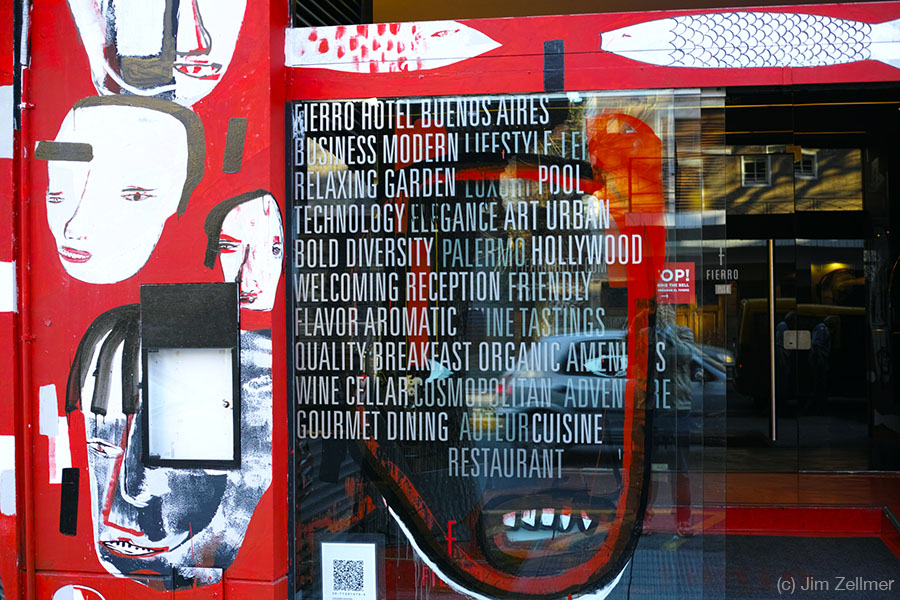












Opportunity, Strategy, Execution, and Reward
This post is about how I evaluate early stage venture businesses. Anyone that is interested in getting my help and/or investment must follow a specific format when presenting to me (of course I make exceptions). Not only is it helpful to me in terms of understanding the business proposed, but I have found that it becomes very helpful to those seeking my advice. I make them break down their business into four parts – Opportunity, Strategy, Execution, and Reward. They have to convince me about the merit of each section before proceeding to the next. For instance, if I do not believe in the opportunity, I am not really interested in the strategy. Many entrepreneurs actually have trouble distinguishing between these sections.
Many potential investors in early-stage companies will take a different approach, clearly my approach is not the only one or even the best one. It has served me well and I have the track record to prove it.
Behind the municipal broadband battle
JB: Sounds like it’s a big deal, but fast Internet and slow Internet, those can be abstract ideas so lay things out for me clearly: what can people do in Tullahoma that they can’t do in other parts of the state?
AH: In Tullahoma, there’s a small startup software company called Agisent, it actually moved from South Carolina to Tullahoma because Tullahoma’s very fast, it’s a gigabit network, one of the fastest in the world. For a town of 18,000 that’s pretty impressive. And also it’s very reliable and that’s what this company called Agisent needs. What they do is they provide a web document management service to police departments, prisons, courts typically; they are small to medium sized departments that can’t afford their own IT expert to manage their networks so that’s really important to them that they can do that in Tullahoma.
That’s fine for Agisent. But then you go outside of Tullahoma, you just drive like 3, 4, 5 miles outside of Tullahoma into this suburban area where there are some very nice homes, and they don’t have Internet access. They don’t even have AT&T, U-verse or Charter Communications which is another telecom there who provides service in Tullahoma. They don’t serve this area. And ran into a fellow named Matt Johnson, he is an entrepreneur, he started up a company called Road Rage Gauges, which are gauges that you put in your truck or high performance car to measure how it’s performing so you don’t overtax your engine or damage it in some way. What he did was he spent $2,000 rigging up a system so that he could get wireless access, but that’s just way too slow for him. He has clients in China and South Africa and Germany that he has to talk to and when we visited him at his home, this is what he told us about his experience:
